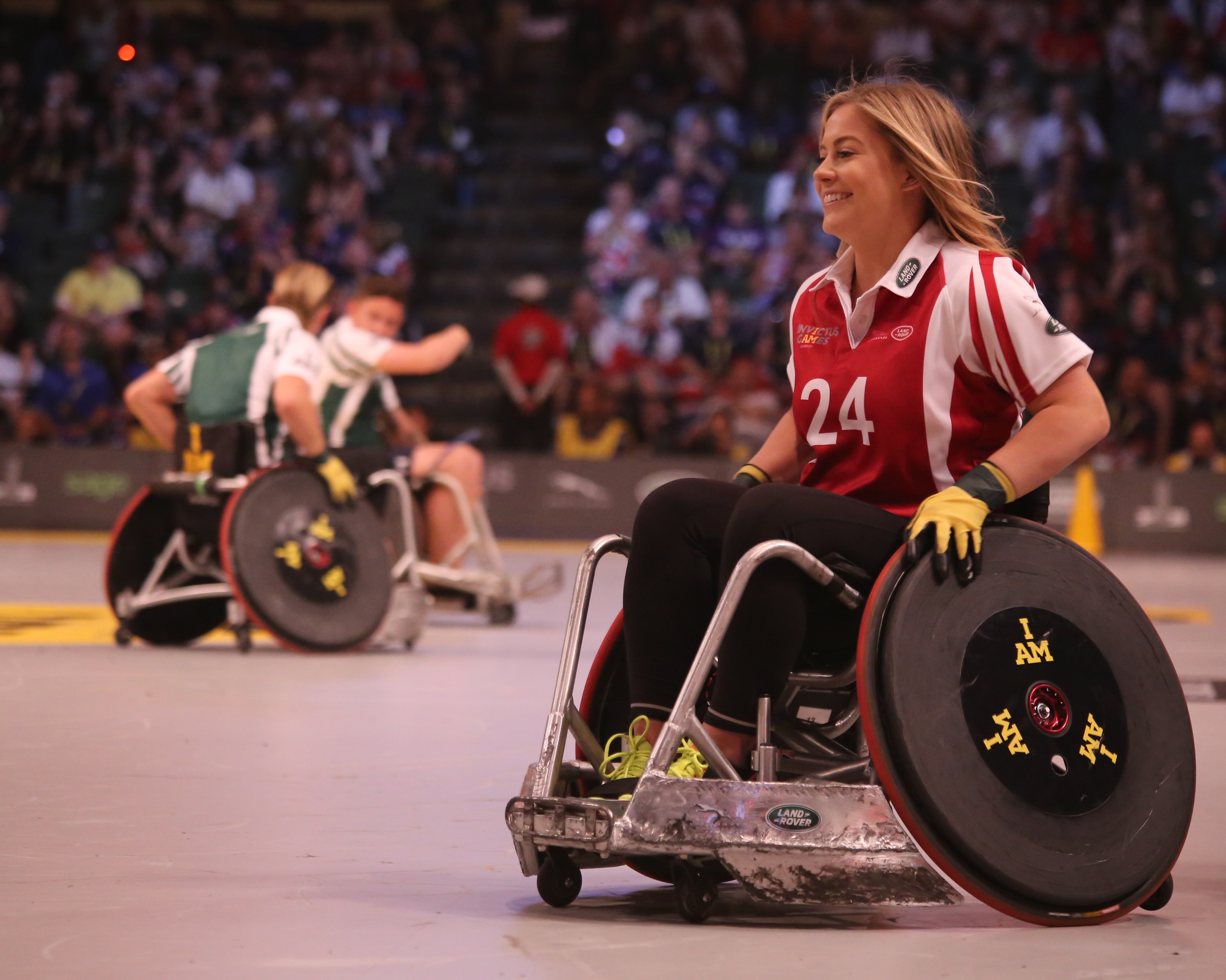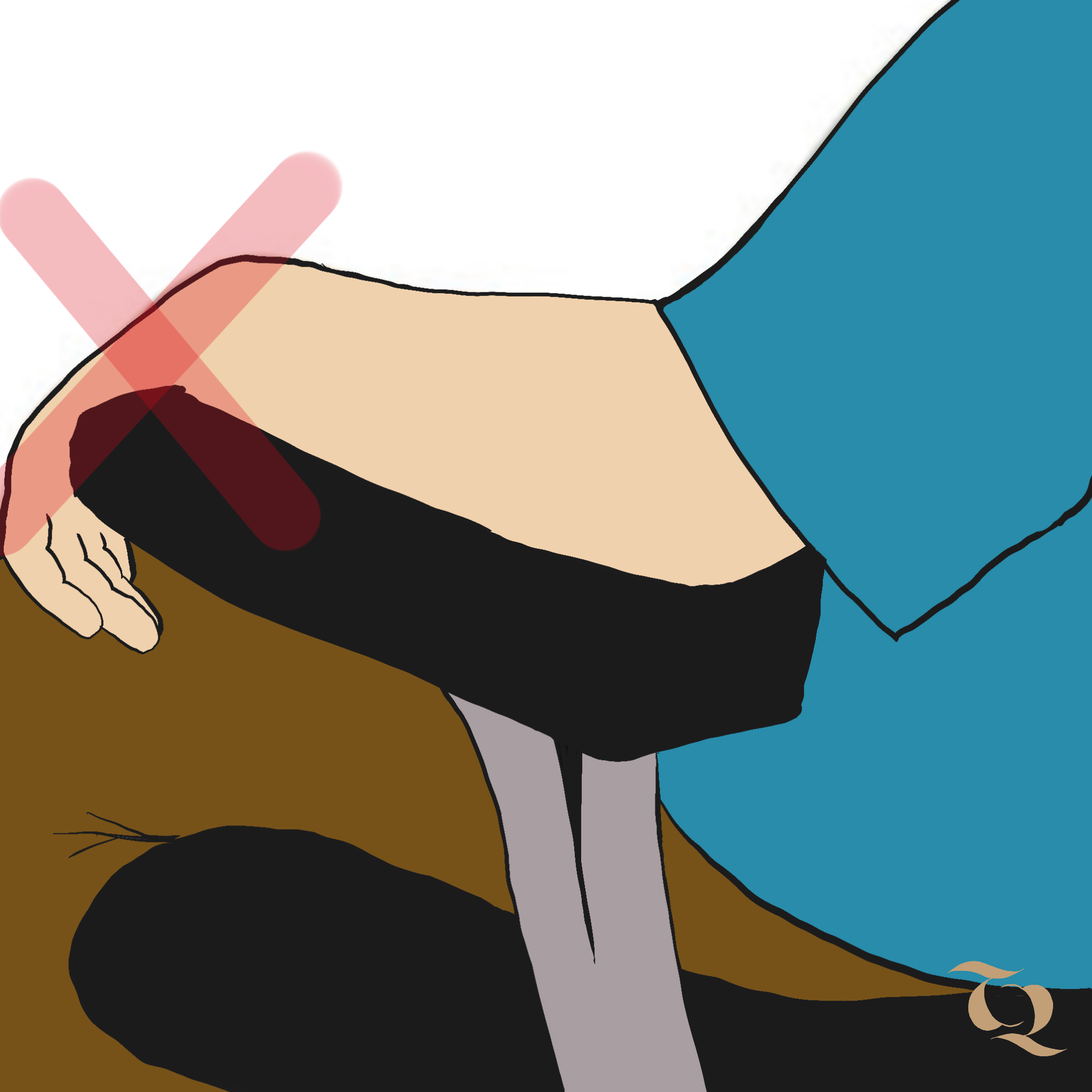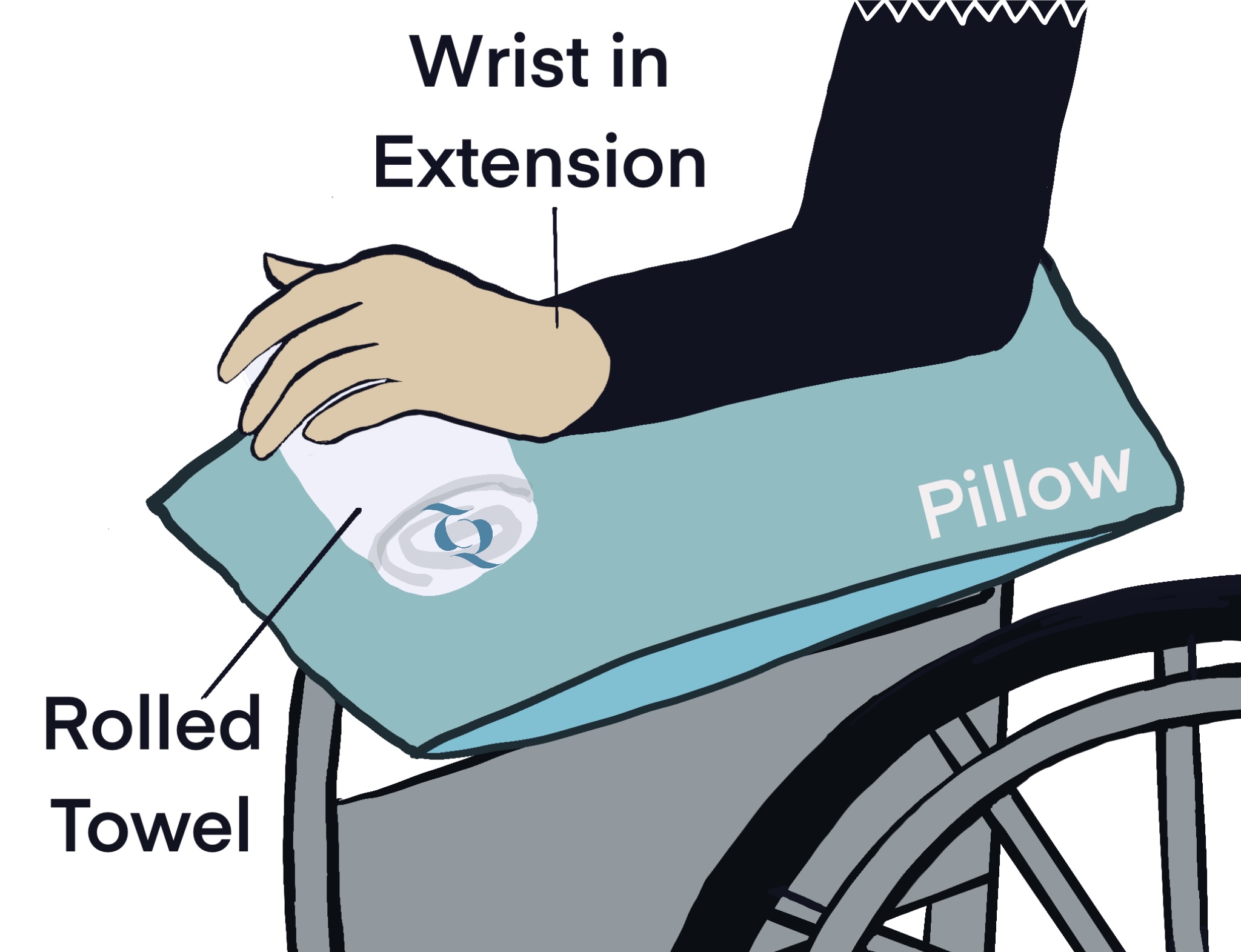Stretches for Better Posture for Wheelchair Users
People who use wheelchairs to get around spend long hours sitting and often adopt poor postures. Human bodies are not made for extended sitting so chances are that you wouldn’t be feeling very comfortable.
Poor posture can affect your daily activities and make you feel uncomfortable, tired and even affect your breathing. Postural stretches for wheelchair users can help you to
- develop good posture
- improve circulation
- help muscles work more effectively
- manage stress
- reduce risk of injury
- prevent long term shoulder muscle imbalance and dysfunction
You may be feeling
- the neck and shoulder tension and ache
- the stiff thoracic spine
- the fatigue that comes with propelling your bodyweight with your arms all day long
- discomfort of having weight on your bottom for an extended amount of time
Good posture is important for wheelchair users for several reasons:
- Comfort: Poor posture can lead to discomfort, especially when sitting in a wheelchair for long periods of time. Good posture helps to distribute your weight evenly and reduce pressure on certain areas of the body, which can help reduce discomfort and prevent muscle fatigue.
- Functionality: Good posture can help improve the functionality of your wheelchair by allowing you to reach the wheels and controls more easily. This can make it easier to move around and perform everyday tasks.
- Health: Poor posture can lead to a variety of health problems, such as muscle strain, back pain, and poor circulation. Good posture helps to maintain proper alignment of the spine, which can help reduce the risk of these problems.
- Appearance: Good posture can also improve your appearance and help you present a confident and professional image.
Poor posture can also lead to decreased confidence, pain, lung function decline.

When it comes to posture, most people think about the spine. But your posture also includes the habitual resting position of your head, neck, shoulder, pelvis, hips, knees and feet. And when any of these are out of alignment, not moving properly, exhibiting instability, or in pain, it can lead to a wide range of issues in other areas as well.
When you're in a wheelchair, your arms usually rest out in front of you. If you are an active wheelchair user, both arms are constantly being used to propel you forwards. As a result, the shoulders are often flexed for extended periods of time. The muscles at the front of the arm and chest are used more frequently. This tightens the muscles in the front of your chest, resulting in a habitual flexed posture.
This video will walk you through the exercises that you can do to help release your neck, shoulder, back and pelvis tension
A COMMON MISTAKE
People in wheelchairs tend to rest their forearms on the armrests of their wheelchairs, with their wrists bent over the edge, which can cause pain and impede blood flow. Slouching forward, resting your wrists on hard surfaces, and habitually using your hands with your wrist flexed can also cause wrist pain. A habitually flexed wrist can result in Carpal Tunnel Syndrome.
A simple PASSIVE POSITIONING solution is to prop up your hand up on a pillow and rolled towel as shown in the illustration below.

The ACTIVE SOLUTION is to stretch your wrist into extention and strengthen wrist extensors. It's important to maintain forearm mobility by doing movements such as forearm circles and wrist circles every day. Grip strength is stronger with the wrist extended than it is with the wrist flexed.
Try to incorporate these stretches into your daily routine. If you need a more customised plan to help to manage your pain, make an appointment with us to have a physiotherapist treat you in the comfort and convenience of your own home.
Be well,
